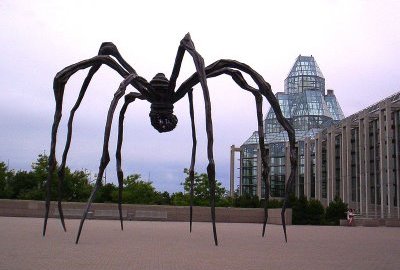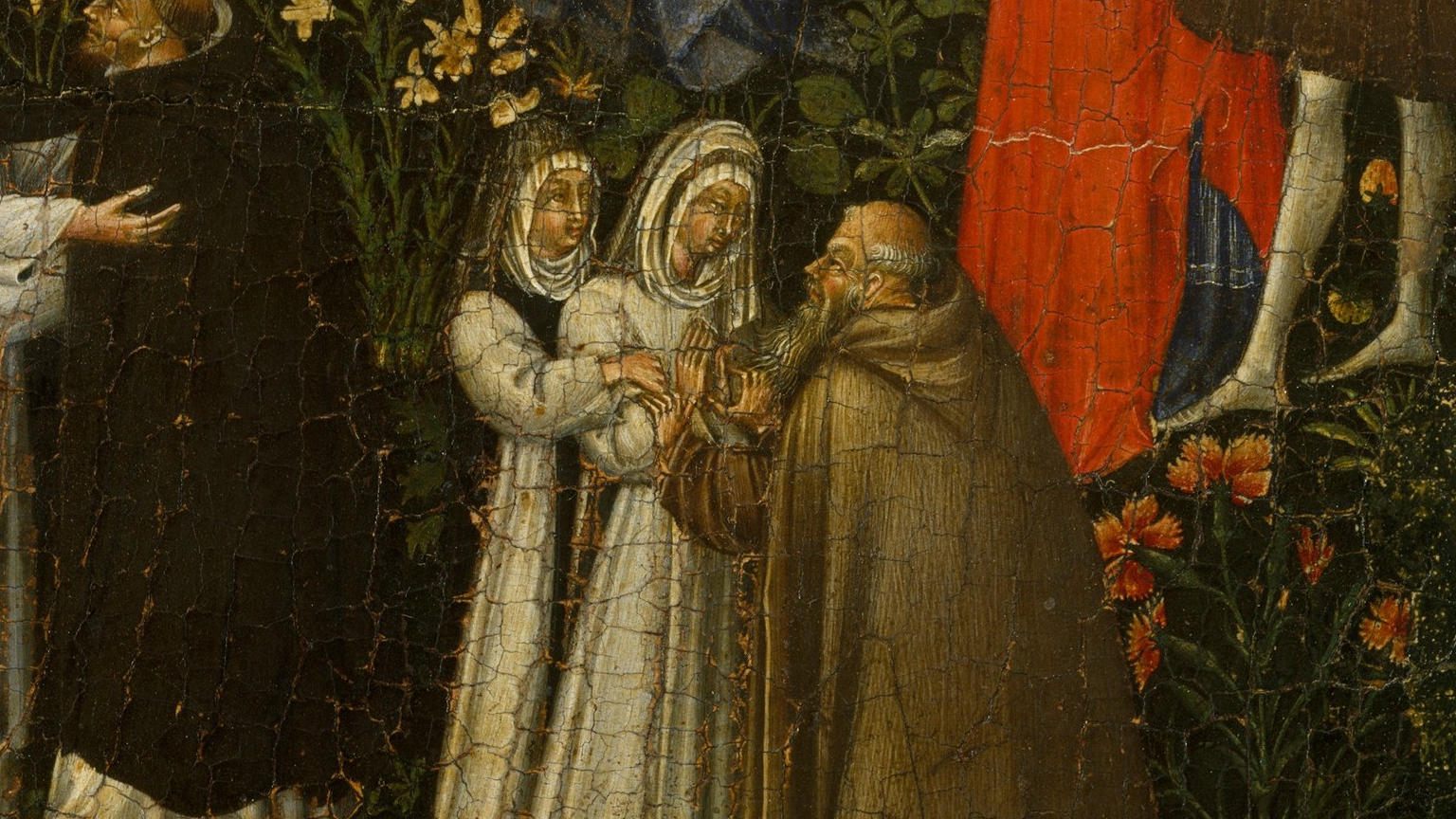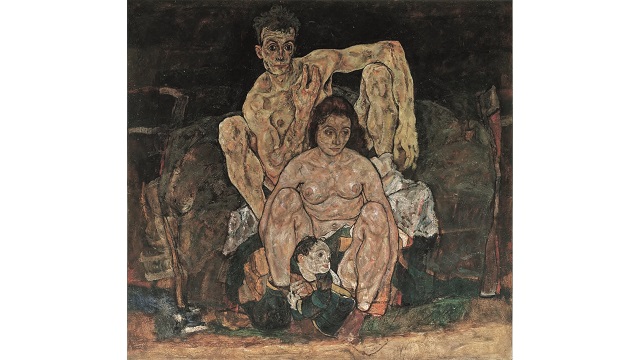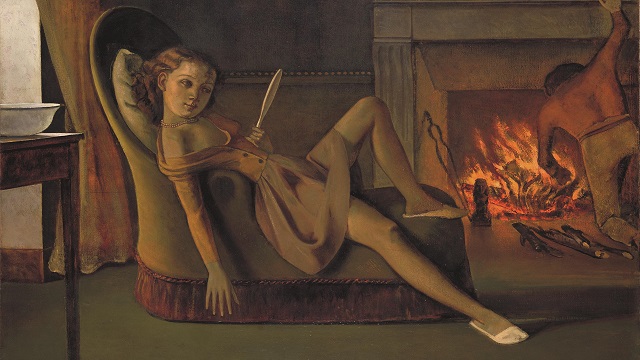Kiss of the Spider Woman: Remembering Louise Bourgeois

“A woman has no peace as an artist until she proves over and over that she won’t be eliminated,” Louise Bourgeois once said. On Monday, this plane of existence eliminated Bourgeois at the still-creative age of 98, but she will continue to exist as an influential artist setting a standard for feminism in art and educating those dark corners of culture that continue to ignore the toll that a male-dominated art world takes on us all. “To convince others, you have to convince yourself,” Bourgeois told a friend in 1939, “and a conciliatory or even an unduly understanding attitude—in that it is inevitably superficial—is not helpful to creativity.” Bourgeois convinced anyone who took the time to look at and think about her art that she was a force of nature to be reckoned with. The “kiss” of this “spider woman” may have been venomous in its uncompromising edginess, but it was also indelibly memorable.
“My best friend was my mother,” Bourgeois once said, “and she was deliberate, clever, patient, soothing, reasonable, dainty, subtle, indispensable, neat and as useful as a spider… I shall never tire of representing her.” Maman (shown, from 1999) may be the most memorable of Bourgeois many arachnomorphized representations of her mother and femininity. Bourgeois witnessed her father’s many affairs with other women, including her own tutor, and recorded in her mind its effect on her mother. The anger welling up silently in her mother (and in little Louise as well) rises up in the shape of this giant spider that looms above us with menace and motherliness as we recognize the egg sac hanging beneath. Maman brings both death and life, delivered in a devastating package.
Whereas Frida Kahlo illustrated the tumult of her mind in the hot medium of color and paint, Bourgeois reshaped the formative influences of her life into large, chilling sculptures that address her personal struggles against depression and agoraphobia as well as her professional struggles against the male-dominated art world, including her art historian husband, Robert Goldwater. Frankly Freudian, Bourgeois set up her father as a monster to be slain in works such as 1974’s The Destruction of the Father (above) and as a symbol of the other figures standing in the way of her fulfillment as an artist and a woman. It was not until she was in her 70s that Bourgeois finally found some acclaim in museum circles. Fortunately, she lasted for nearly three decades after that, clinging to life as if to make up for lost time and continuing to create sculptures even to her final days, when a heart attack struck in her Manhattan studio.
It would be a delicious irony if death finally brings Bourgeois the widespread fame that she had been denied in life. I’m sure that the sanitizing process has already begun, as it always does for difficult artists’ lives as the media tries to soundbite them into intelligibility for the public at large. They have their work cut out for them in the case of Bourgeois, whose bite is too big for soundbites. As some reach for a warm and fuzzy caricature to embrace, they may come away shocked at the bitterness of this spider woman’s “kiss,” whose venom and relevance are intermixed and can never be separated.




